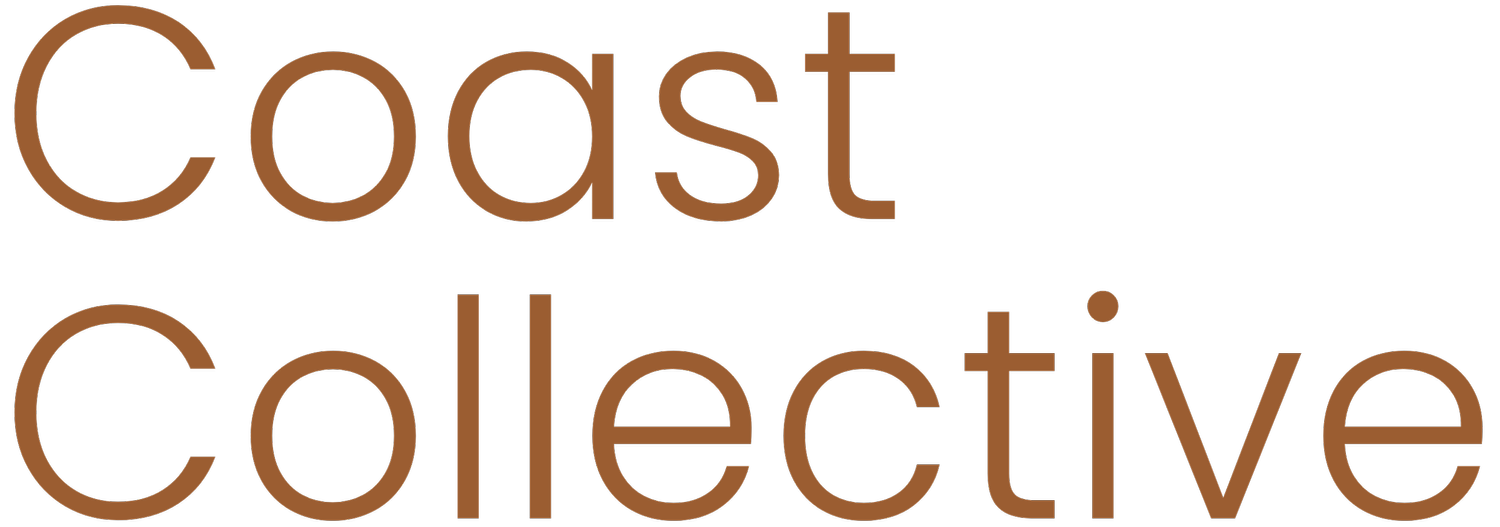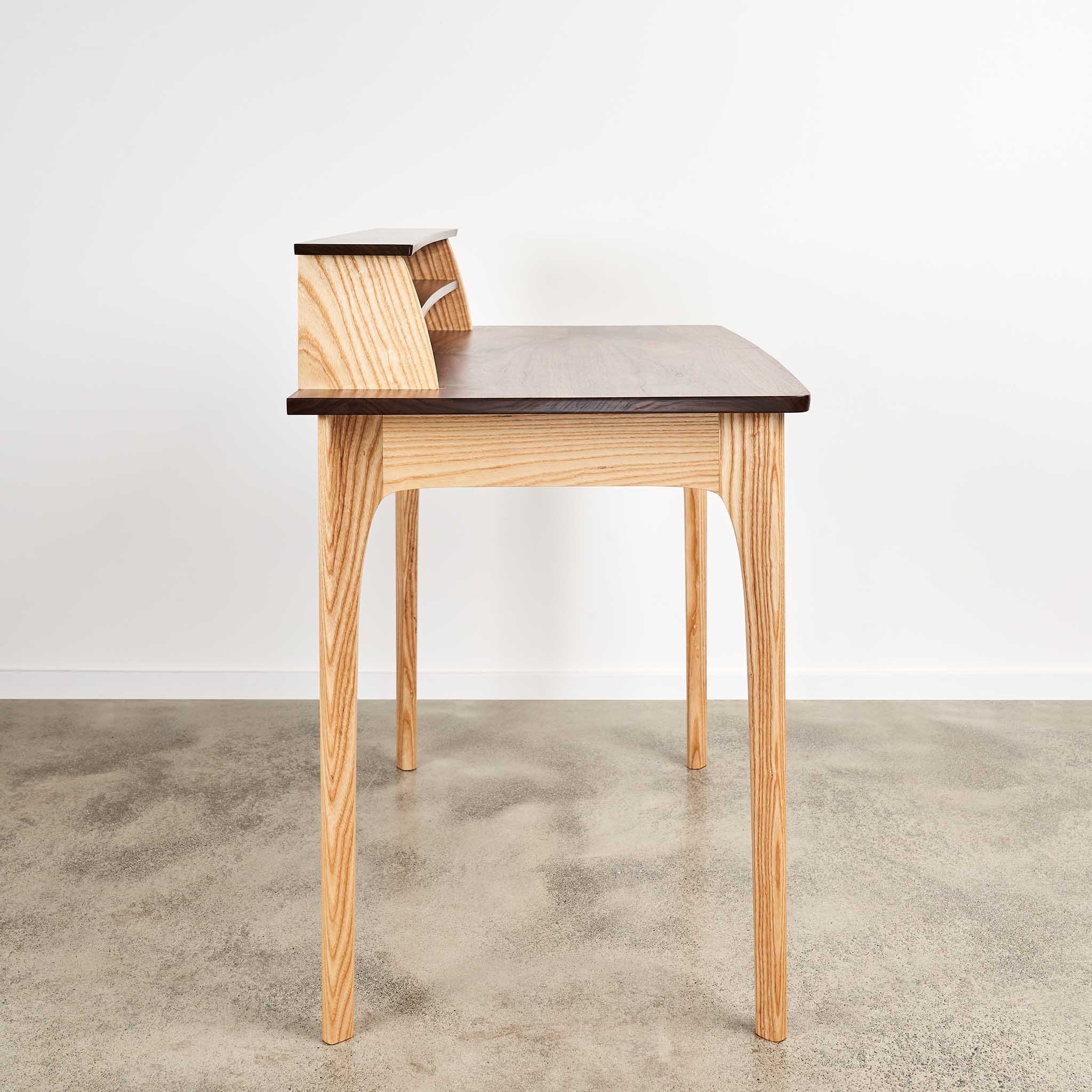Darryl Dieckman
Darryl's creative inspiration comes from reinterpreting iconic design themes from the past, particularly the midcentury modern atomic age, characterized by curved lines and rounded shapes. This influence gives his furniture an organic feel, transforming them into livable and functional works of art.
A key aspect of Darryl's process is his connection to the materials. He delights in using woods with a story, such as walnut reclaimed from a porch table or old-growth Douglas fir salvaged from the Hoover Library at Stanford. These materials bring a unique history and character to his work.
By incorporating organic forms and reclaimed materials, Darryl creates pieces that bridge the past and present, seamlessly integrating them into our lives.
Background
Growing up in northeast Ohio, Darryl Dieckman always had a creative spark, exploring various crafts from a young age. His passion for woodworking led him to the Marc Adams School of Woodworking, where he gained invaluable knowledge.
In 2011, Darryl moved to Cupertino, California, for a software design job, bringing only a few woodworking tools. Woodworking quickly became his primary creative outlet. In 2016, inspired by constructing a large art piece for Burning Man, he left his software career to fully dedicate himself to woodworking. He spent two transformative years honing his skills at the prestigious Krenov School in Fort Bragg, California.
Now, Darryl is a resident artist at the Cubberley Artist Studio Program in Palo Alto, working in a 360-square-foot studio filled with hand tools and machines, creating fine furniture.
“Weirdly in that moment, it dawned on me that creation and craftsmanship in the physical world is more deeply satisfying than the same done in the virtual world of software development.”
Tell us more about that Burning Man moment? Oh, it was actually more of a mishap—I was taking an emergency break from that Burning Man art project, to bandage a bloody finger with duct tape. Weirdly in that moment, it dawned on me that creation and craftsmanship in the physical world is more deeply satisfying than the same done in the virtual world of software development. Both share similar challenges and rewards, but dirt, sweat and splinters produce a more tangible satisfaction.
What’s your design process like? My process tends to follow a few consistent steps: visit the used bookstore’s mid-century, atomic age and Art Deco sections. Find some shape or style or element that I find interesting. Get crazy with corrugated cardboard and a hot glue gun. Design an over complicated mechanism that conceals the inner spaces and invites exploration. Iterate over the design, making everything more delicate and diminutive. Lament that it could have been so much simpler, like a nice cutting board. Build it anyway.
What’s the first woodworking tool you learned to use? A Sears Craftsman Radial Arm Saw. I am grateful that I am still in one piece.
When did you realize ‘this is it—I’m a woodworker now’? I can only assume that I was granted membership in this elite organization when I received the moniker ‘Deathdawg Darryl’ on the Krenov School’s sand volleyball court. It remains unclear whether the term refers to my killer woodworking practice or if it refers to my volleyball skills which more resemble the tenacity of a deceased canine.
Do you have a favorite wood? My favorite woods are the ones that arrive with a story attached. Whether it’s a few pieces of beautiful walnut reclaimed from the leaves of a kitchen table found on a porch, or old-growth Douglas fir from a set of bookcases rescued from the loading dock of the Hoover library at Stanford. The continuation of the story of this wood in some new form gives my pieces an unusual continuity from the past into the future.
What do you look for in a good space to work in? A community of similar minded, creative and supportive people. Or helical head cutters.







